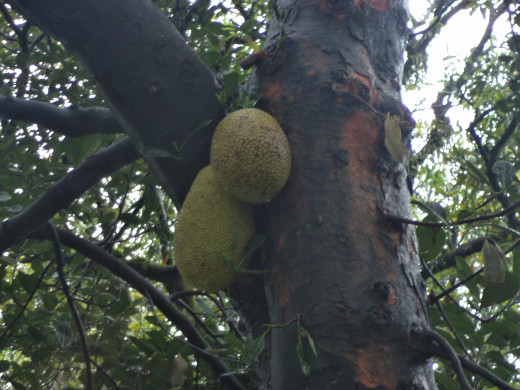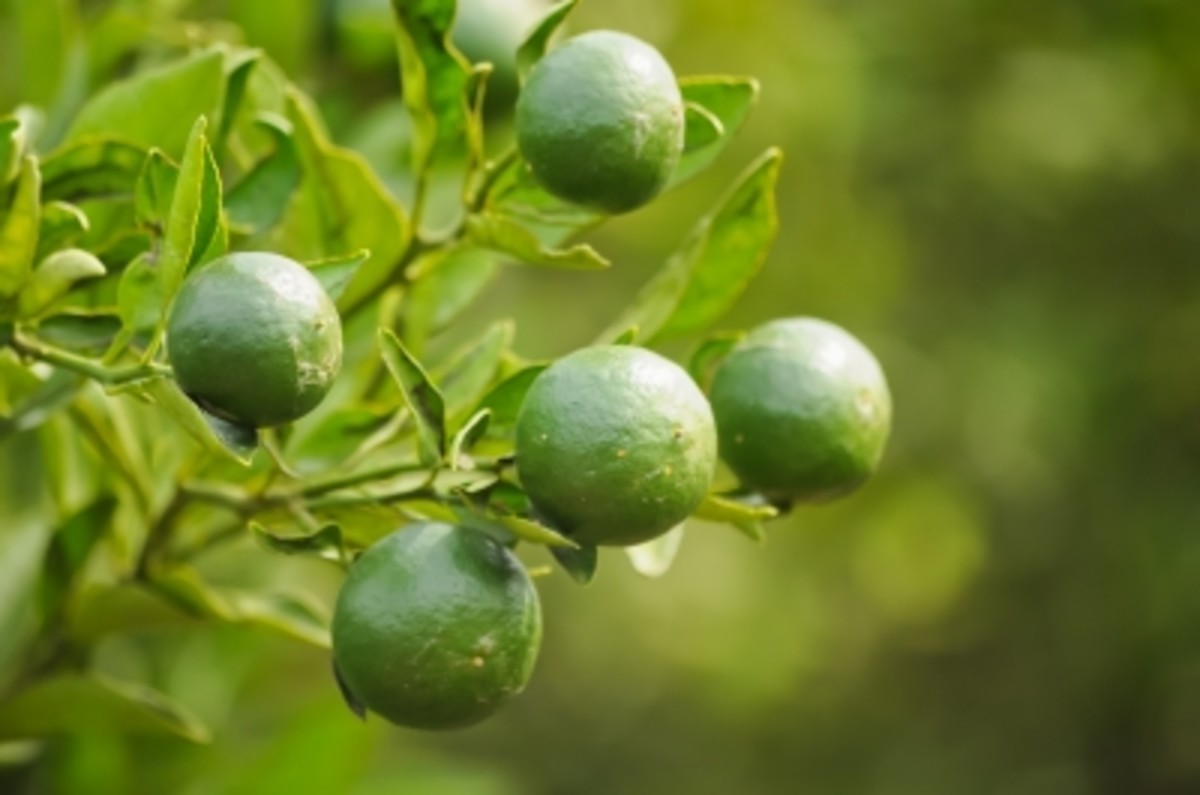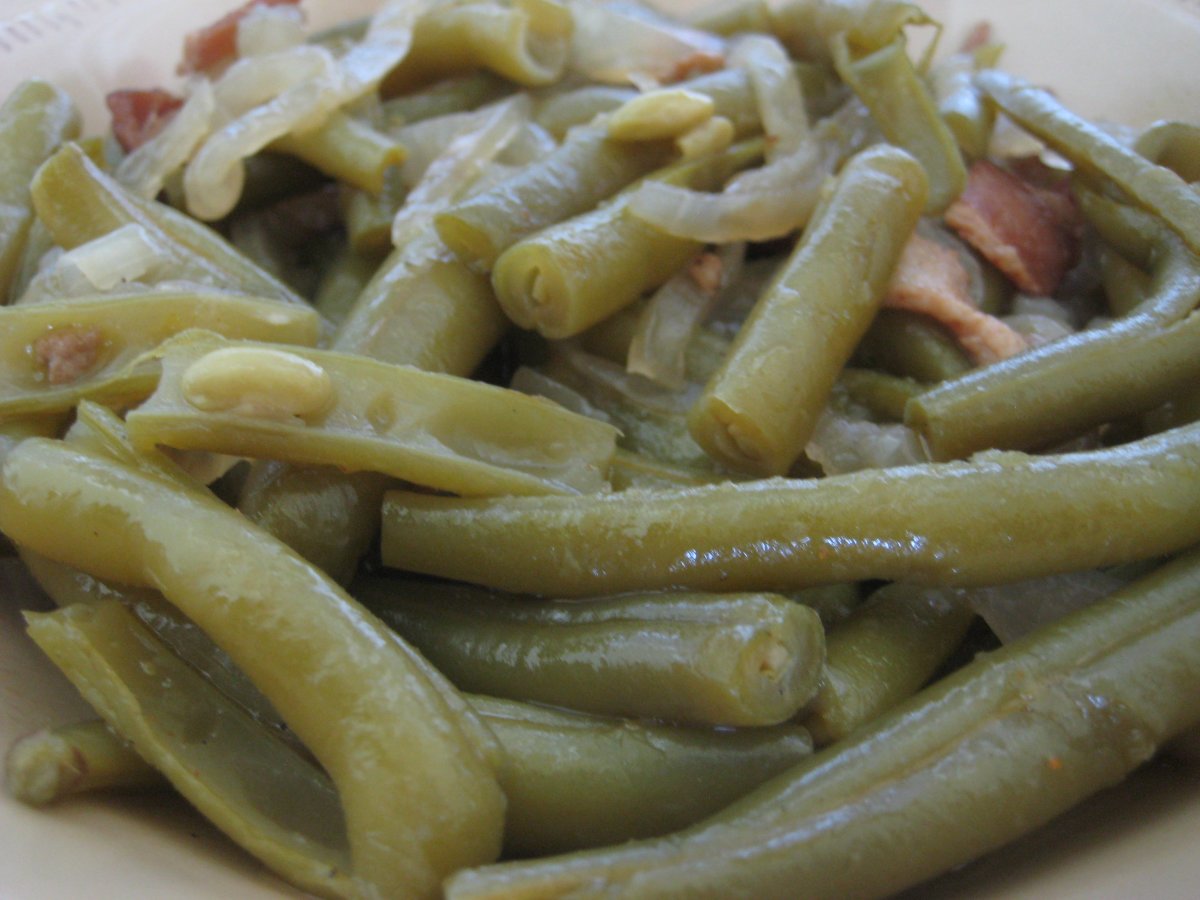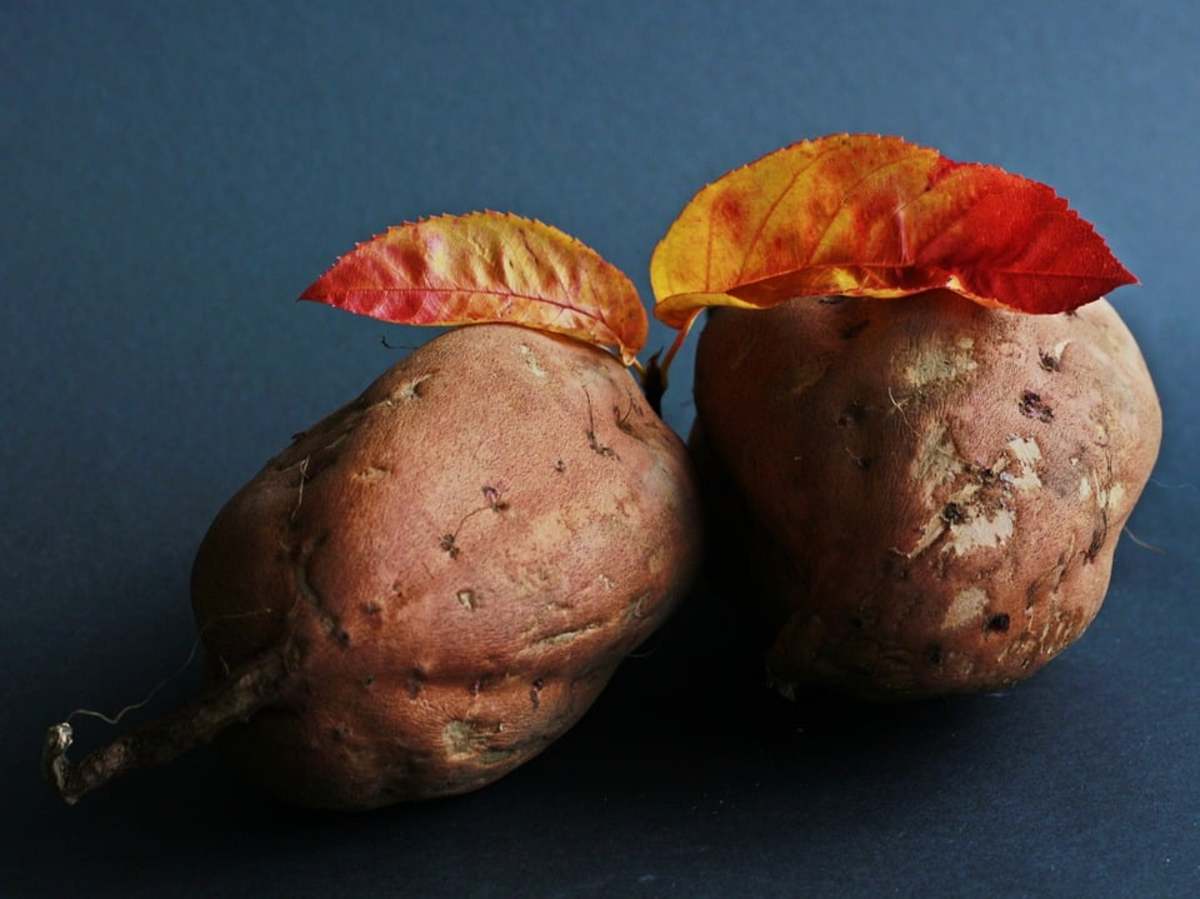Indian Recipes: How to make Oriya Style Jack Fruit Kebab
Rate this recipe
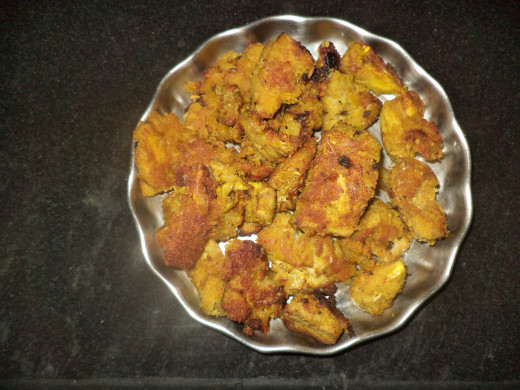
Among easy Indian recipes, Jack fruit kebabs hold a special place for its wonderful taste and soothing healthy impacts on the digestive system. In Indian cooking recipes, there are many varieties and styles of cooking jack fruit. In the present hub, we shall discuss a particularly special recipe for preparing jack fruit kebabs that is fondly eaten by people of all ages in Orissa. Apart from being tasty, jack fruit also a rich source of iron, thiamine, riboflavin, niacin, vitamin A, vitamin C, calcium, copper, potassium, and magnesium.
Jack fruit has many health benefits. Its antioxidant contents such as Vitamin C strengthen immune system. The nutrients protect regular consumers against cancer and aging. Its high fibre content help in proper digestions and protects from ulcer. It has wonderful effects for people facing constipation. Vitamin A in jack fruit maintains healthy eye and helps prevent vision-related problems including eye muscle degeneration and night blindness. The sugary substances such as fructose and sucrose gives instant energy boost. The good thing is that jack fruit contains no saturated fats and cholesterol, thus is a healthy food. Among other benefits, potassium in it lowers high blood pressure, magnesium along with calcium strengthen the bone, iron prevents anaemia and copper maintains a healthy thyroid. Reference.
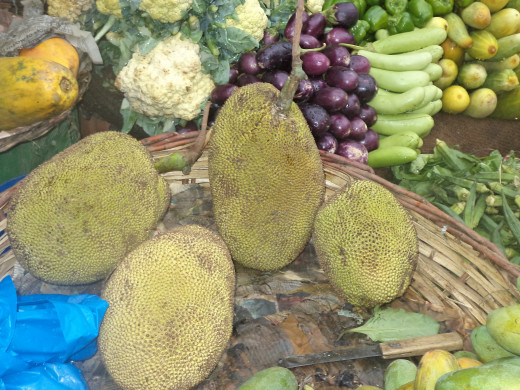
Cook Time
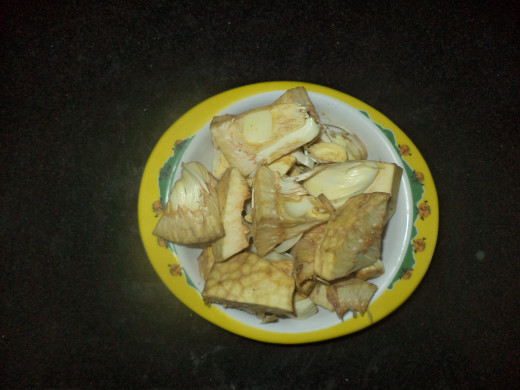
Ingredients for Making Jackfruit Kebab
- 500 grams Green Jack fruit
- One small size Coconut
- 50 grams Onion
- 10-12 Pieces Garlic cloves
- 50 grams Basmati Rice
- One tea spoon full Cumin Seeds
- 4-5 pieces Red Chillies
- Salt according to taste
- 1 cup Cooking oil, to cook kebabs
- Coriender leaves or sauce, to garnish kebabs
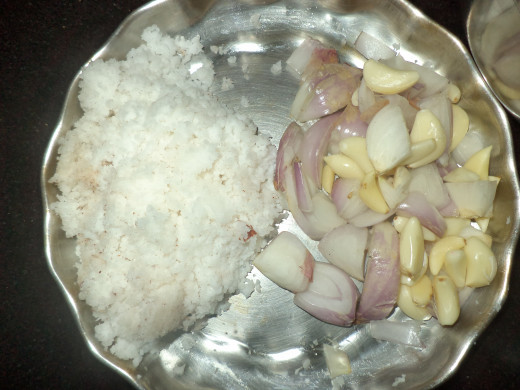
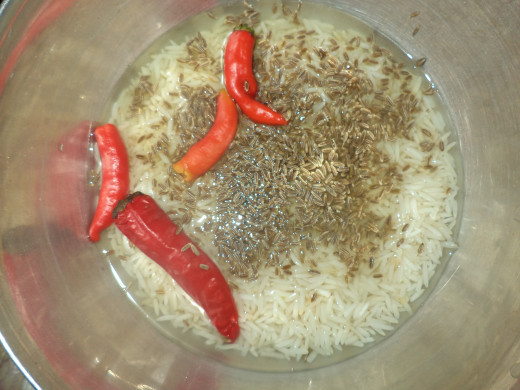
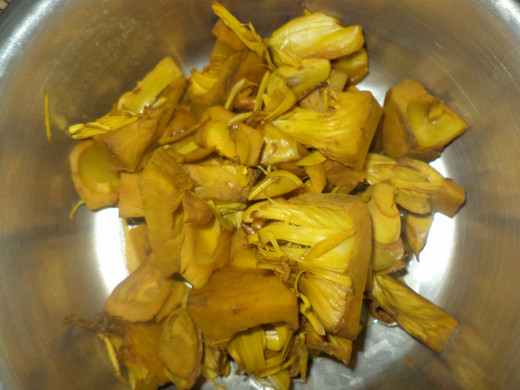
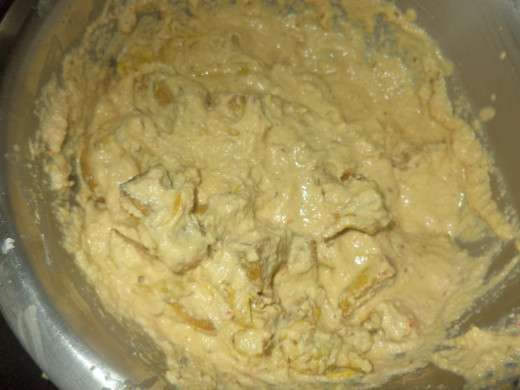
- Cut the jack fruit into small pieces. Jack fruit cutting is a tricky thing. In order to avoid clutter and to get some cooking oil and apply it on your both hands. Cut and remove the thorny skin of the fruit, and make slices of equal size of only the fleshy part of the fruit. In most townships vegetable vendors now-a-days also cut the fruit. So, it is better to get the fruit cut by the vendor instead of doing it on your own in order to avoid unnecessary hassles. In the present hub, we have not included the time for cutting the jack fruit. After removing the skin, 500 gram jack fruit would reduce to around 400 grams.
- Grate the coconut and keep it aside.
- Soak the rice, cumin seeds and red dry chillies together in half cup water for 10 minutes.
- Boil the jack fruit pieces in a pressure cooker (or any other vessel) with water and salt for 10 minutes. Please make sure that the fruit pieces do not get over cooked and deformed. Keep the boiled jack fruit pieces aside after removing excess water.
- Grind all other materials together in a kitchen grinder. First, add the soaked rice, cumin seeds and red chillies. Once they are finely ground, add onion, garlic and grated coconut along with a few pinches of salt and grind again till everything blend together to a fine paste.
- Mix the paste with the boiled jack fruit pieces. On a frying pan, heat some oil and gently put the jack fruit pieces coated with the paste. Fry the pieces till the coat becomes golden brown. The jack fruit pieces are already boiled in salt water, thus you only need to wait till the paste applied on fruit pieces is cooked. Remove from pan and wrap in paper napkins to remove extra oil. The coating with rice prevents absorption of oil. Thus, you only need to remove oil from outside before serving.
- Delicious and crispy jack fruit kebab is ready now. Serve hot as a snack or along with other foods. One may also garnish it with coriander leaves or tomato/ chilly /fish sauce. This wonderful vegetarian kebab is very fondly eaten by many as a side dish for alcoholic drinks in some parts of Orissa.
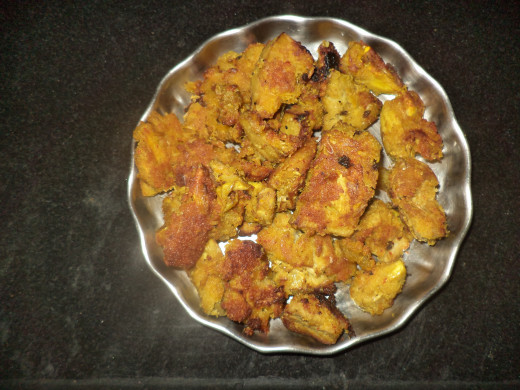
Nutritional Values of Jackfruit Kebab
| Nutrition Facts | |
|---|---|
| Serving size: 150 grams | |
| Calories | 150 |
| Calories from Fat | 0 |
| % Daily Value * | |
| Fat 0 g | |
| Saturated fat 0 g | |
| Unsaturated fat 0 g | |
| Carbohydrates 40 g | 13% |
| Fiber 3 g | 12% |
| Protein 2 g | 4% |
| Cholesterol 0 mg | |
| * The Percent Daily Values are based on a 2,000 calorie diet, so your values may change depending on your calorie needs. The values here may not be 100% accurate because the recipes have not been professionally evaluated nor have they been evaluated by the U.S. FDA. | |
